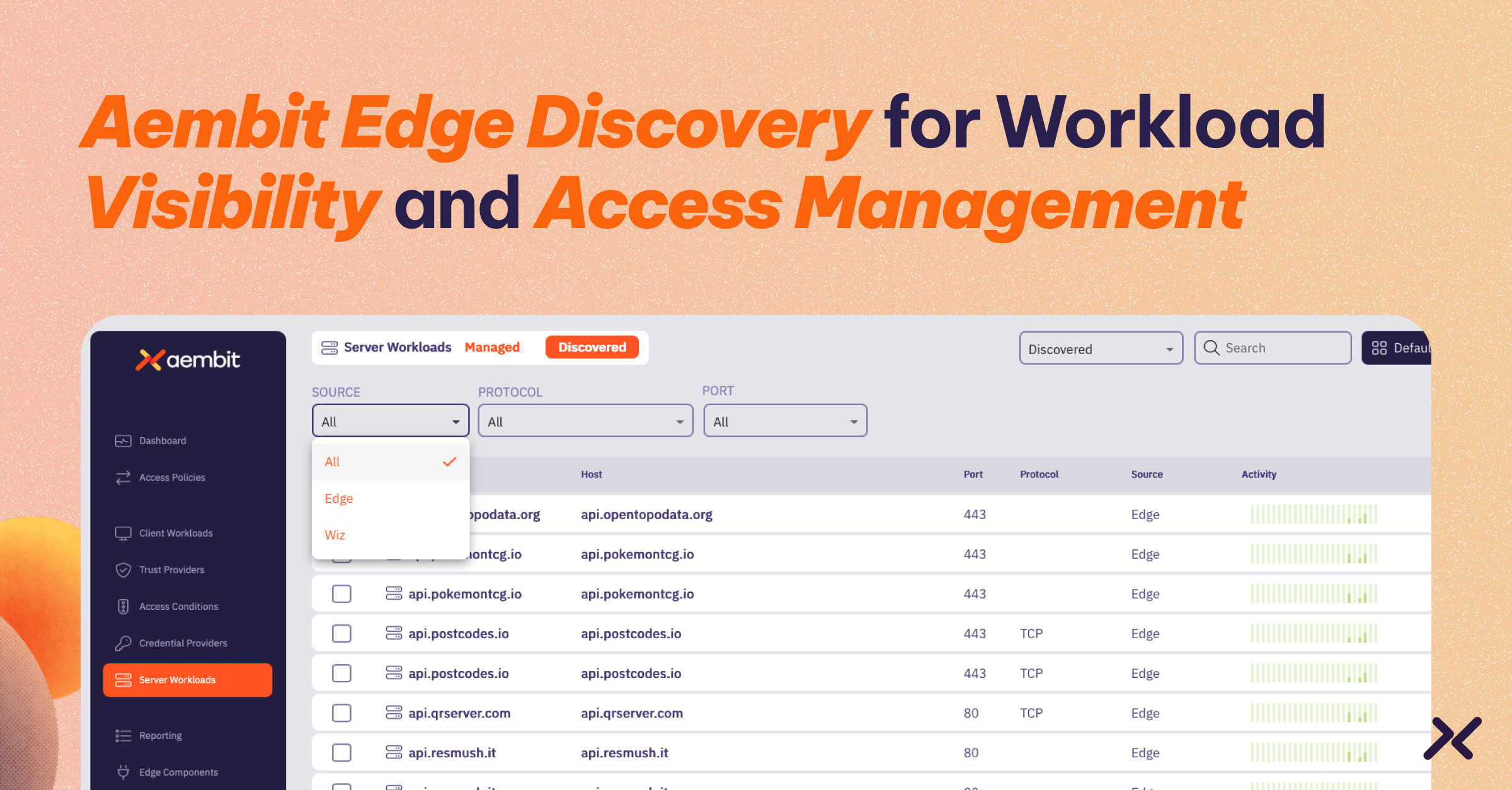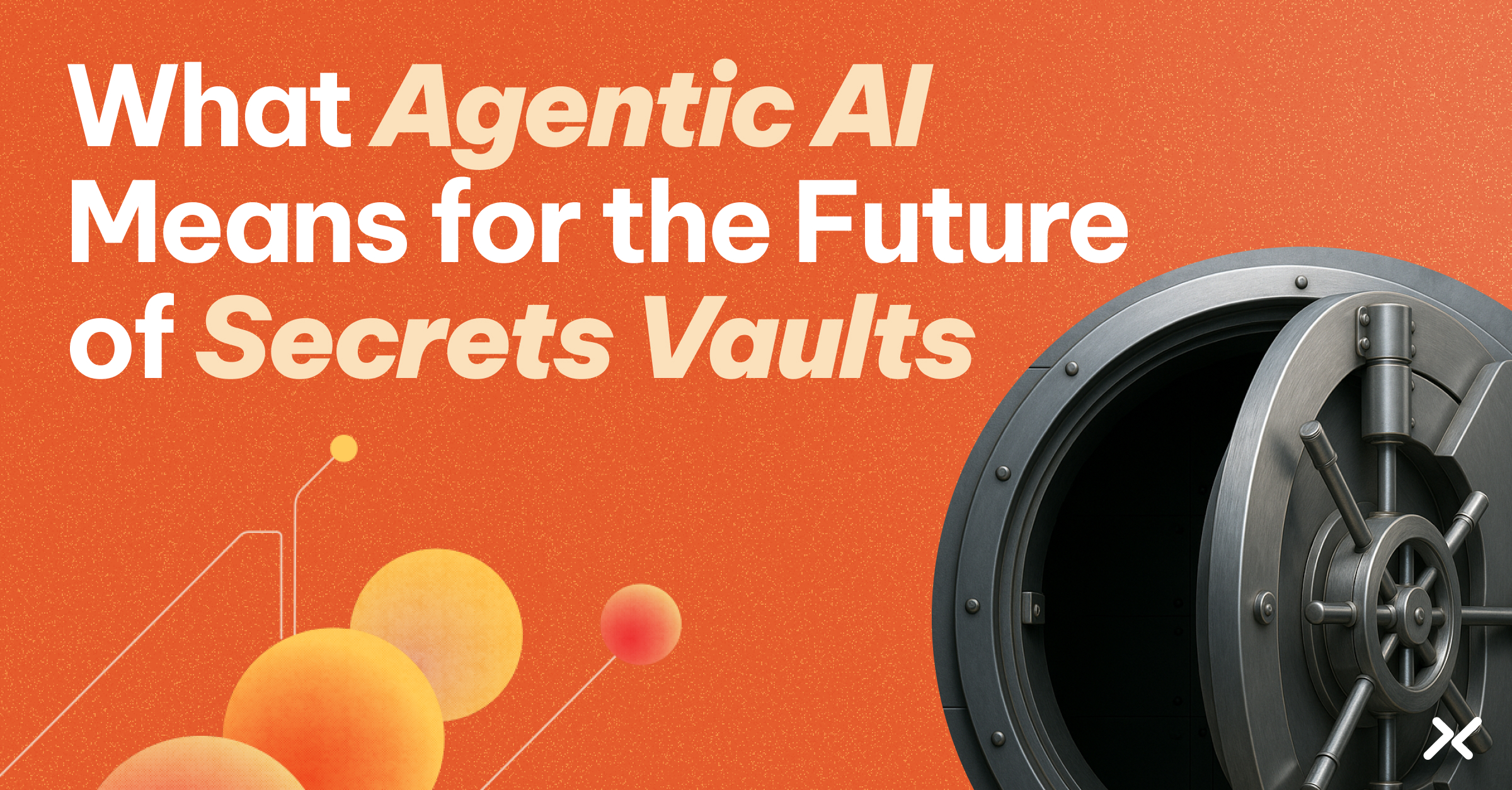We recently released one of the first comprehensive surveys of non-human identity (NHI) perceptions across security, developer, and DevOps practitioners.
After digging into the responses – alongside our ongoing discussions with security leaders – a few stubborn myths surfaced that forward-thinking professionals need to challenge and dismantle without delay.
Here are the top 5 myths we’ve heard — and the truth that busts them wide open
Myth No. 1: A Non-Human Identity is Just A Service Account in Fancy Clothes
It’s easy to think of non-human identities as nothing more than service accounts with a trendier name, but that oversimplifies their significance. Non-human identity (NHI) covers everything from critical applications, serverless functions, and API tokens to cloud infrastructure roles and AI agents with autonomous decision-making capabilities. These identities behave dynamically, often executing critical functions without human intervention. Unlike static service accounts, NHIs require management that’s far more nuanced – access management, handling credential delivery, permissions, and behavioral monitoring – all performed in real time.
Myth No. 2: You Can Rely on User Identity Security Tools for Non-Human Identities
It’s tempting to believe that the same processes and technologies used to manage human identities will work just as well for non-human identities, but that’s a dangerous assumption. Human identity solutions, like IAM or SSO, are designed to manage individual access, authentication, and permissions based on predictable human behaviors. Non-human identities, on the other hand, include workloads, containers, and APIs that operate at machine speed and scale. These identities spin up and down rapidly, requiring continuous, automated management that most user identity tools simply aren’t built for. To properly secure non-human identities, you need solutions that can handle their complexity and unique lifecycle requirements.
Myth No. 3: Rotating Credentials Solves the Problem
Rotating credentials for non-human identities is a responsible thing to do, but it only scratches the surface of the issue. Credential rotation is a point-in-time solution that doesn’t address ongoing monitoring, anomaly detection, or adaptive access controls. Most importantly, credential rotation is a reactive way of dealing with the issue, and one that doesn’t scale well. In an environment where NHIs can spin up and down rapidly, or change their scope of permissions, you need to layer continuous identity validation and monitoring on top of rotation to proactively stay ahead of potential threats.
Myth 4: Non-Human Identity is Only a Problem for Large Enterprises
Another common misconception is that non-human identity management is only a concern for enterprises with sprawling infrastructures. The reality is that even small startups and growing organizations use cloud services, CI/CD pipelines, and automated systems that generate non-human identities at scale. Whether you’re managing a Kubernetes cluster or automating deployment pipelines, if you have machines talking to machines, you’ve got a non-human identity problem to manage.
Myth No. 5: Managing the Lifecycle of Non-Human Identities is a Set-It-and-Forget-It Task
Many believe that once you set up non-human identities, they’ll run smoothly in the background without much oversight. In reality, managing the lifecycle of non-human identities is anything but a one-time job. Unlike human identities, which typically have a defined start and end (e.g., an employee joining or leaving a company), non-human identities are constantly evolving. They can be created, updated, and decommissioned in minutes – or even seconds – across dynamic cloud environments. If you’re not continuously monitoring, validating, and adjusting permissions throughout their lifecycle, these identities can turn into security vulnerabilities. Effective non-human identity management requires real-time governance, automated policy enforcement, and ongoing audits to keep up with the rapid changes in how machines interact with systems.
***
By debunking these myths, we all can better appreciate the unique challenges non-human identities pose and take actionable steps to secure them in today’s increasingly automated and interconnected environments.
By the way, what other myths do you deal with? Let us know on LinkedIn!




